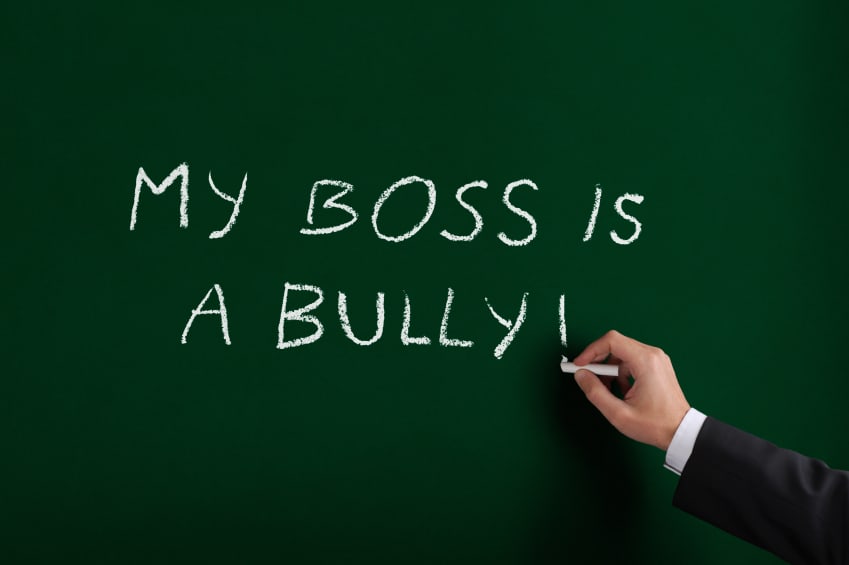 As the 1 January 2014 implementation date for new workplace bullying processes approaches there is an increasing amount of legal, HR, and safety seminars, and newsletters and alerts being produced. Most reiterate the amendments to Australia’s Fair Work Act but occasionally there is additional information.
As the 1 January 2014 implementation date for new workplace bullying processes approaches there is an increasing amount of legal, HR, and safety seminars, and newsletters and alerts being produced. Most reiterate the amendments to Australia’s Fair Work Act but occasionally there is additional information.
In a recent seminar, it was suggested that the draft Code of Practice for the Prevention and Management of Workplace Bullying, developed by Safe Work Australia, is to be released as a guidance note rather than a Code of Practice (see below). Continue reading “No code of practice for workplace bullying but hope remains”

 On September 9 2013, the Canberra Times published an article by
On September 9 2013, the Canberra Times published an article by  At the
At the